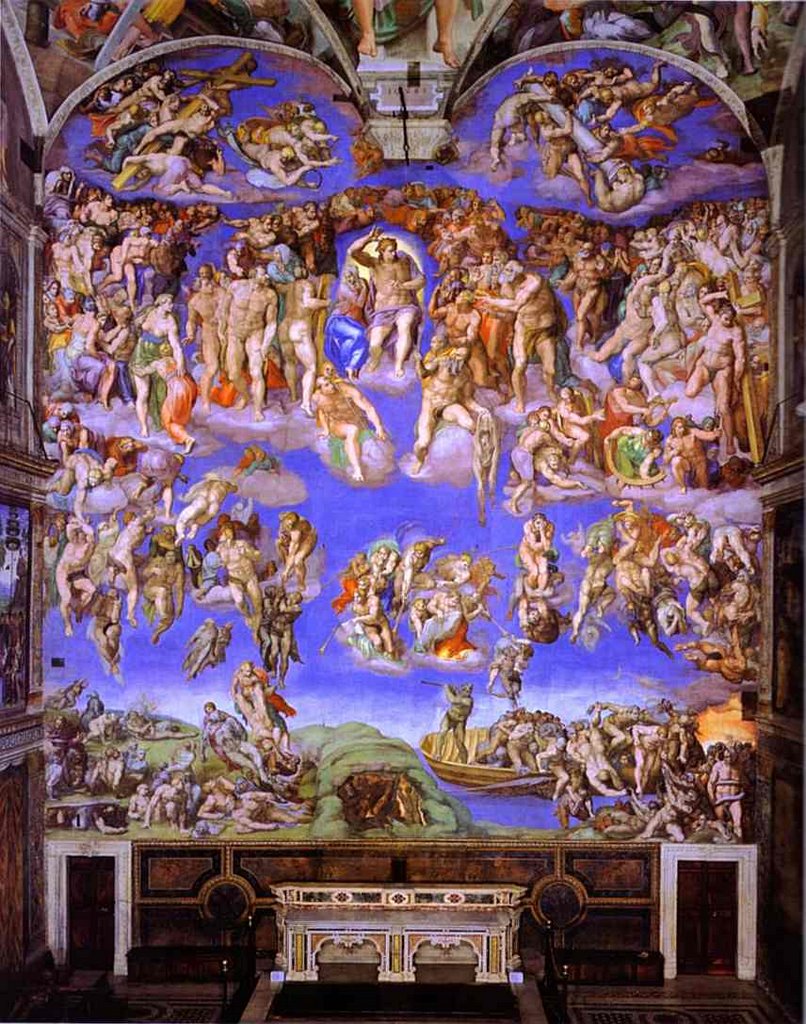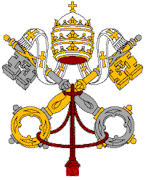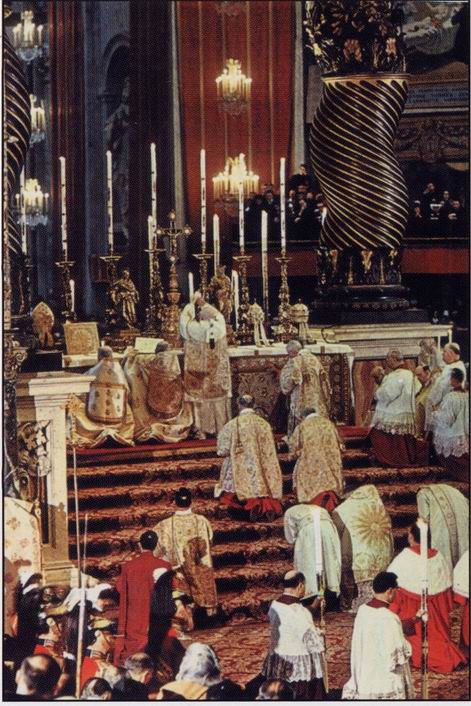 Memento homo, quia pulvis es,
Memento homo, quia pulvis es, et in pulverem reverteris.
"Remember, man, that you are dust
- And unto dust you shall return."
With these words, and with the ashes from last year's palms being imposed on our foreheads, Catholics all around the world begin the season of Lent, a period of repentance and penitence in preparation for the Easter Triduum when we commemorate the Paschal Mysteries of the Crucifixion, Death and Resurrection of Jesus, the Lord.
 In the Old Testament, penance and mourning was signified by fasting, wearing sackcloth, sitting in dust and ashes, and putting dust and ashes on one's head. The ritual use of ashes can be traced back to the time of Moses as described in the book of Numbers (Numbers 19:9-10, 17). The principles behind the Catholic practice of Ash Wednesday can therefore be traced waaaay back.
In the Old Testament, penance and mourning was signified by fasting, wearing sackcloth, sitting in dust and ashes, and putting dust and ashes on one's head. The ritual use of ashes can be traced back to the time of Moses as described in the book of Numbers (Numbers 19:9-10, 17). The principles behind the Catholic practice of Ash Wednesday can therefore be traced waaaay back.Ashes also symbolize death and so remind us of our own mortality and our upcoming judgement, inviting us to re-look our lives and cleanse ourselves of our sins so that we may be prepared to face the final judgement.

It is also a sign of humility before God and before our neighbours. We bear them on our foreheads as a visible reminder, to ourselves and to others of our fallen nature and our need of forgiveness and redemption.
The forehead is also the seat of pride. It is therefore just that we should mark and sign it with the sign of the cross of Jesus. Slaves were also marked with a sign of ownership and by being marked with ashes and with the sign of the cross, we remind ourselves of whom we are and whose we are. The Book of Revelation speaks of God's people having his mark on their foreheads. We also recall this by being signed with ashes.
But the ashes we wear is merely an outward sign of what is supposed to be our inward disposition of repentance. It is meaningless unless accompanied by true contrition and sorrow for sins committed. We not only need to wear ashes on our heads, but in our hearts.
As the Prophet Joel said:
Yet even now, says the Lord,
return to me with all your heart,
with fasting, with weeping, and with mourning;
rend your hearts and not your clothing.
Return to the Lord, your God,
for he is gracious and merciful,
slow to anger, and abounding in steadfast love,
and relents from punishing.
-Joel 2:12-13
return to me with all your heart,
with fasting, with weeping, and with mourning;
rend your hearts and not your clothing.
Return to the Lord, your God,
for he is gracious and merciful,
slow to anger, and abounding in steadfast love,
and relents from punishing.
-Joel 2:12-13
In our penance and sorrow, we also see hope for God is not only judge, but also Father, gracious and merciful, slow to anger and abounding in steadfast love.
In this, as we begin the season of Lent, we take comfort.
Have a great and prayerful Lent.

![[Unam Sanctam]](https://blogger.googleusercontent.com/img/b/R29vZ2xl/AVvXsEiymQ2adTjpZ1ABhPBbBBquiPCxeQrc4Jy_97vOikT0wGQeJleriiXQy6ebnb0jrYe-TfvcK77txStB4aIwVAdD41ZdMkVfNtFGC0JX6LBV9B8mfeRZaIAM7Sj-011ag3DiKQzv/s1600/headerdivinemercy.jpg)



































































3 comments:
Why is the ash being marked on the top of the head and not forehead please. Thank you
Imposing ashes on the crown of the head is the custom in Rome.
There are no set rules regarding this, and it largely depends on local custom.
In most English-speaking countries the prevailing custom seems to be that the priest places enough holy water into the ashes to form a kind of paste. The ashes are then daubed in the form of a cross on the
forehead.
Many Catholics see this practice as a means of publicly showing their faith and leave the smudge on their forehead throughout Ash Wednesday.
In other countries, such as Spain, Italy and parts of Latin America, the prevailing custom seems to be sprinkling fairly dry ashes on the crown of the head. But even within these geographical areas, both customs are practiced and there may be other legitimate traditions as well.
The most important thing is to live the rite according to its true meaning. As No. 125 of the Directory for Popular Piety says:
"The act of putting on ashes symbolizes fragility and mortality, and the need to be redeemed by the mercy of God. Far from being a merely external act, the Church has retained the use of ashes to symbolize that attitude of internal penance to which all the baptized are called during Lent. The faithful who come to receive ashes should be assisted in perceiving the implicit internal significance of this act, which disposes them towards conversion and renewed Easter commitment."
Hope this helps.
Chat Porno Cams
Cam Girls
Amateure Privat Cams
Post a Comment